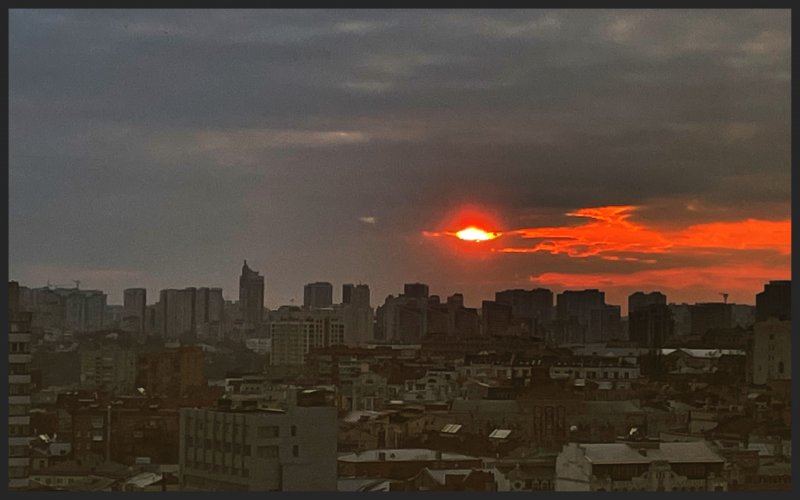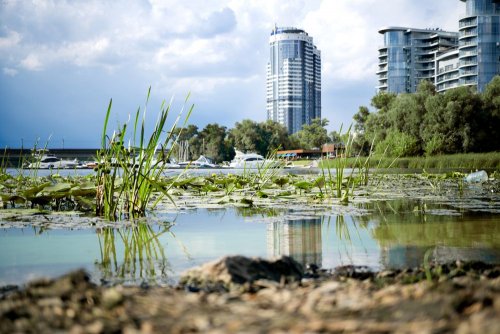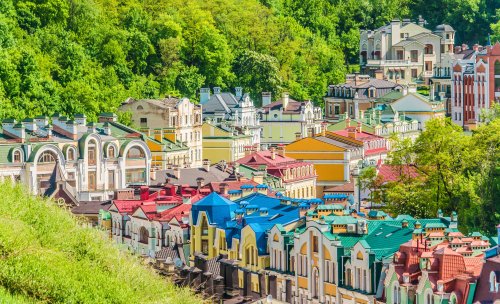In the air of Kyiv during the week from February 27 to March 4, 2023, an excess of the average daily maximum permissible concentration of nitrogen dioxide by 3.2 times was detected.
Compared to the previous week, the level of pollution by suspended substances, sulfur dioxide, nitrogen dioxide, carbon monoxide has slightly increased, according to the weekly report on air pollution from the Central Geophysical Observatory named after Boris Sreznevsky.
According to the data of the observatory, the exceeding of the maximum permissible concentration (MPC) in terms of the average daily content of nitrogen dioxide was:
- in 2.0-3.2 times – on Demiivska, Bessarabska and Halytska squares, Obolonski and Beresteski avenues, Lesya Ukrainka boulevard, in the Hydropark area, Akademik Strazheska, Oleksandr Dovzhenko, Hetman Pavlo Polubotka, Inzhener Borodin, Kaunaska and Semyon Sklyarenko streets;
- no excesses were observed at 37 Nauky Ave. (in the area of the meteorological station).
Exceeding the MPC by average daily content of sulfur dioxide:
- 1.5-2.6 times – on Demiivska, Bessarabska and Halytska squares, Obolonski and Beresteyska avenues, Lesya Ukrainka boulevard, in the Hydropark area, Akademik Strazheska, Oleksandr Dovzhenko, Hetman Pavlo Polubotka, Inzhener Borodin, Kaunaska and Semyon Sklyarenko streets;
- no excesses were observed at 37 Nauky Ave. (in the area of the meteorological station).
Exceeding the MPC by average daily formaldehyde content:
- 1.3-2.1 times – on Demiivska, Bessarabska and Halytska squares, Obolonski and Beresteyska avenues, Lesya Ukrainka boulevard, in the Hydropark district, Akademik Strazheska, Oleksandr Dovzhenka, Hetman Pavla Polubotka, Kaunaska and Semyon Sklyarenko streets ;
- no excesses were observed at 37 Nauky Ave. (in the area of the meteorological station).
Other exceedances of MPC by average daily content:
- suspended substances – 1.0 times on February 27 on Beresteysky Prospect and March 1 on Bessarabska Square;
- carbon monoxide – 1.7 times on Sklyarenko Street.
Specialists of the observatory selected and analyzed 1668 atmospheric air samples from 16 stationary posts.
It is noted that compared to the previous week, the level of formaldehyde pollution has decreased.
As EcoPolitic reported before, elderly people living in cities with polluted air have lower cognitive abilities compared to residents of cities with clean air because their the brain degrades from polluted air.





